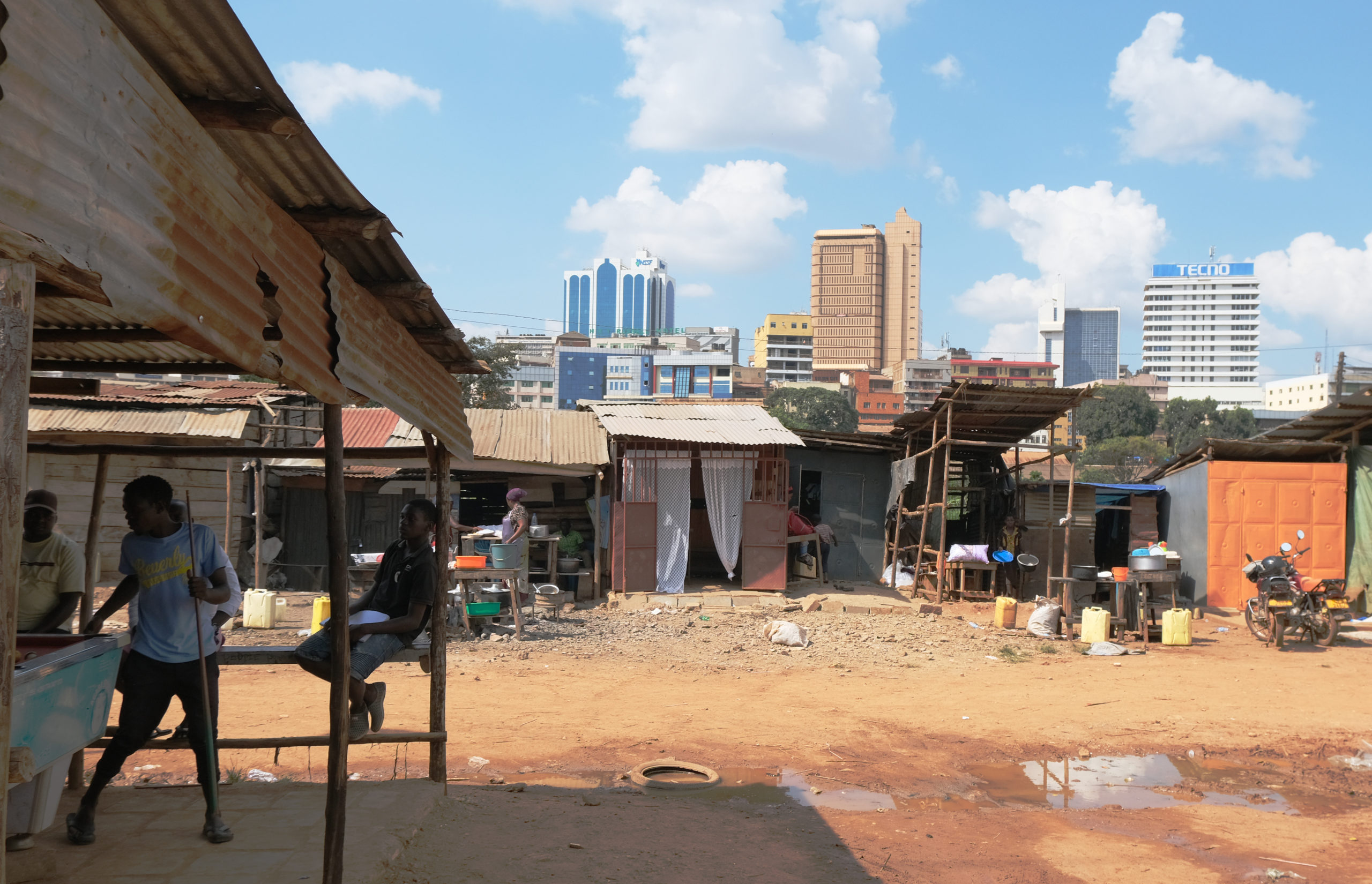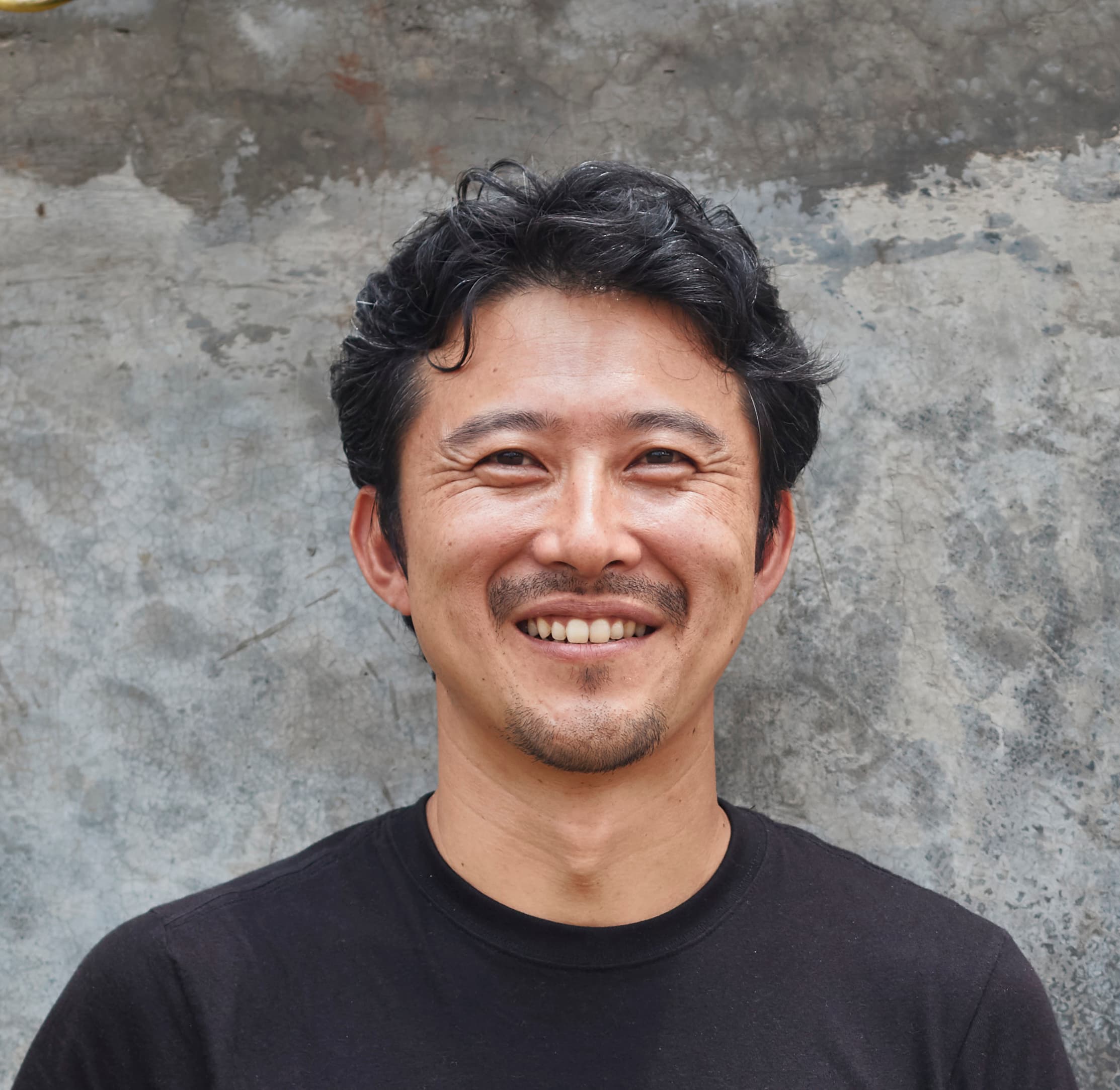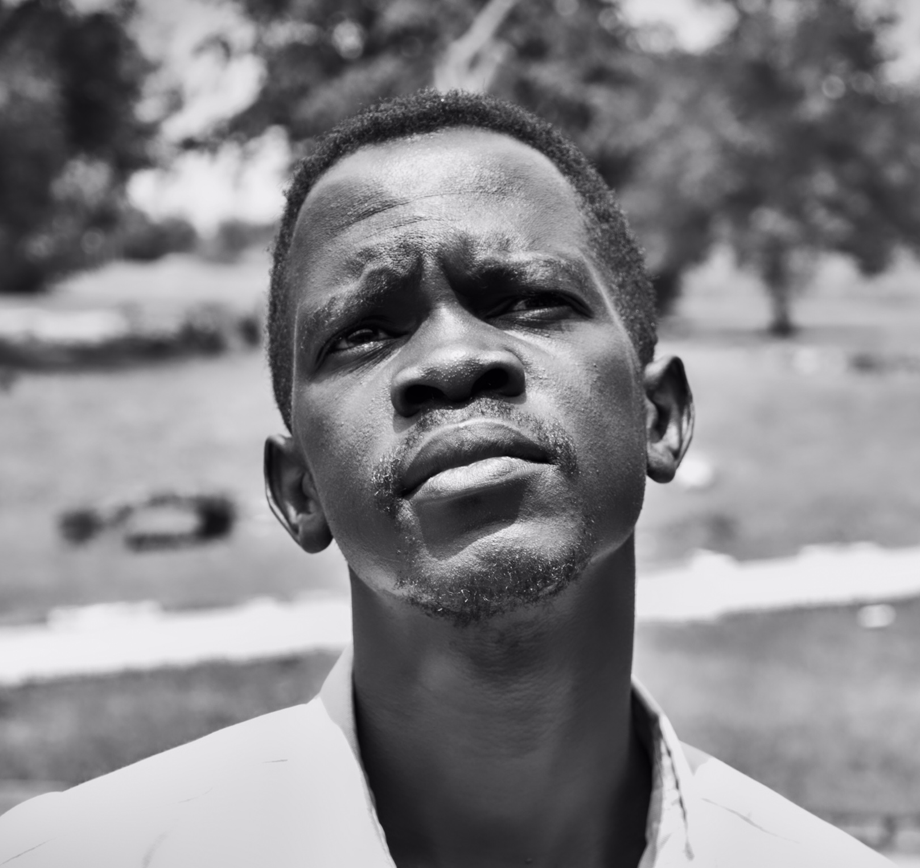Kinetic Context in Uganda – Kenchikushi 2.2020
原文で表示 (日本語)The capital city of Kampala is surrounded by hills.
The German architect Ernst May (1886-1970) was appointed by the British government of the suzerainty of Uganda in 1945 to draw up the Kampala Extension Scheme, a plan for the development of the city of Kampala. The plan was for a city with a population of 20,000 at the time to double in size to accommodate about 40,000 people. It was divided into 10 regions, with clear separation of the Western and Asian communities, mainly British and Indians, and the African communities, mainly Ugandans, who were the working class. The plan to divide the regions was a natural result of Kampala’s topography of hills*, May said. May was influenced by Howard’s Garden City of Tomorrow, and later developed similar master plans for Frankfurt, the Soviet Union and other cities.
Kampala’s population is now estimated to have already exceeded 1.5 million people, far beyond the assumptions of the plan developed by May. Today, the names of places and facilities based on the names of hills and facilities, and the characteristics of the gently segregated areas along the topography are still carried over, with many expatriate and other Western residents, as well as immigrants from neighboring countries such as Somalia and Sudan, each of which is evident in the streetscape.
Laws that clearly state building standards have not been revised since country’s independence in 1962, and there are few rules that would govern construction. The lack of rules causes many problems, and building projects are routinely halted in the middle of construction. In addition, there are no clear plans for roads or land use, and since construction can be done on land owned by individuals or the kingdom with the approval of a simple plan, the boundaries of the land are often vague and the resulting conflicts are intolerable. For a designer, there are many times when things don’t go as expected, but on the other hand, it is a fact that the rules are ambiguous, and the margins and gaps that are created by the vagueness of the rules ensure a place for the common people who have newly arrived in the city.
Today, capital cities are undergoing drastic changes to accommodate their burgeoning populations.
Can a city where diverse ethnic groups are creating and regrouping in their own places, using the clearly demarcated, Western-led urban planning system centered on May as a springboard, function as a vessel for unprecedented population growth as a “city like no other”?
Kampala Extension Scheme by Ernst May


“Old Kampala” a center of Kampala Photo: Timothy Latim


